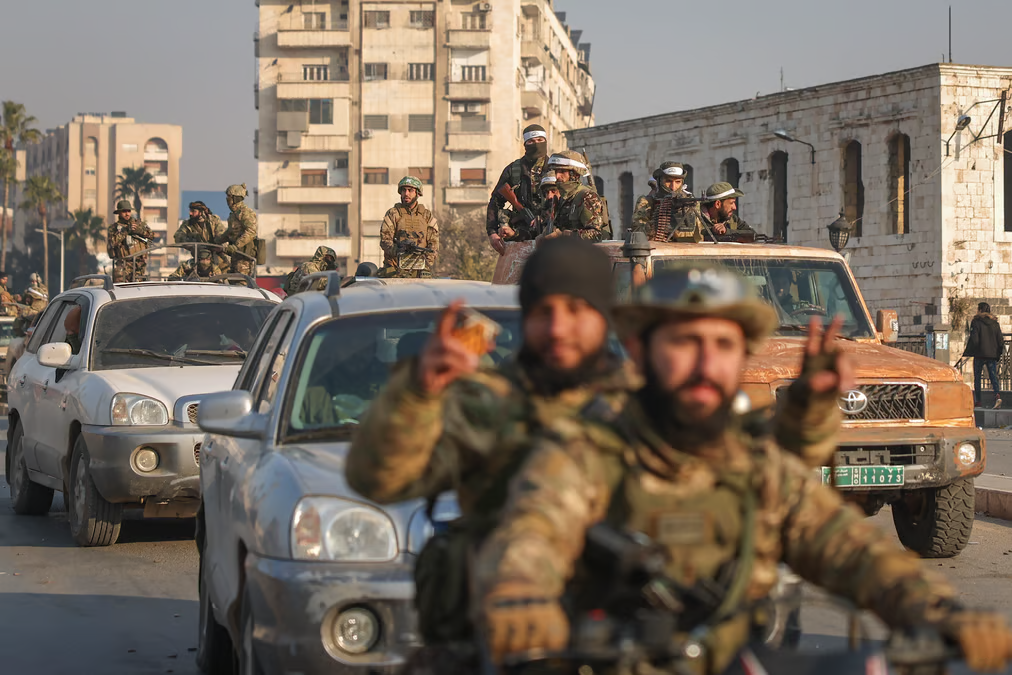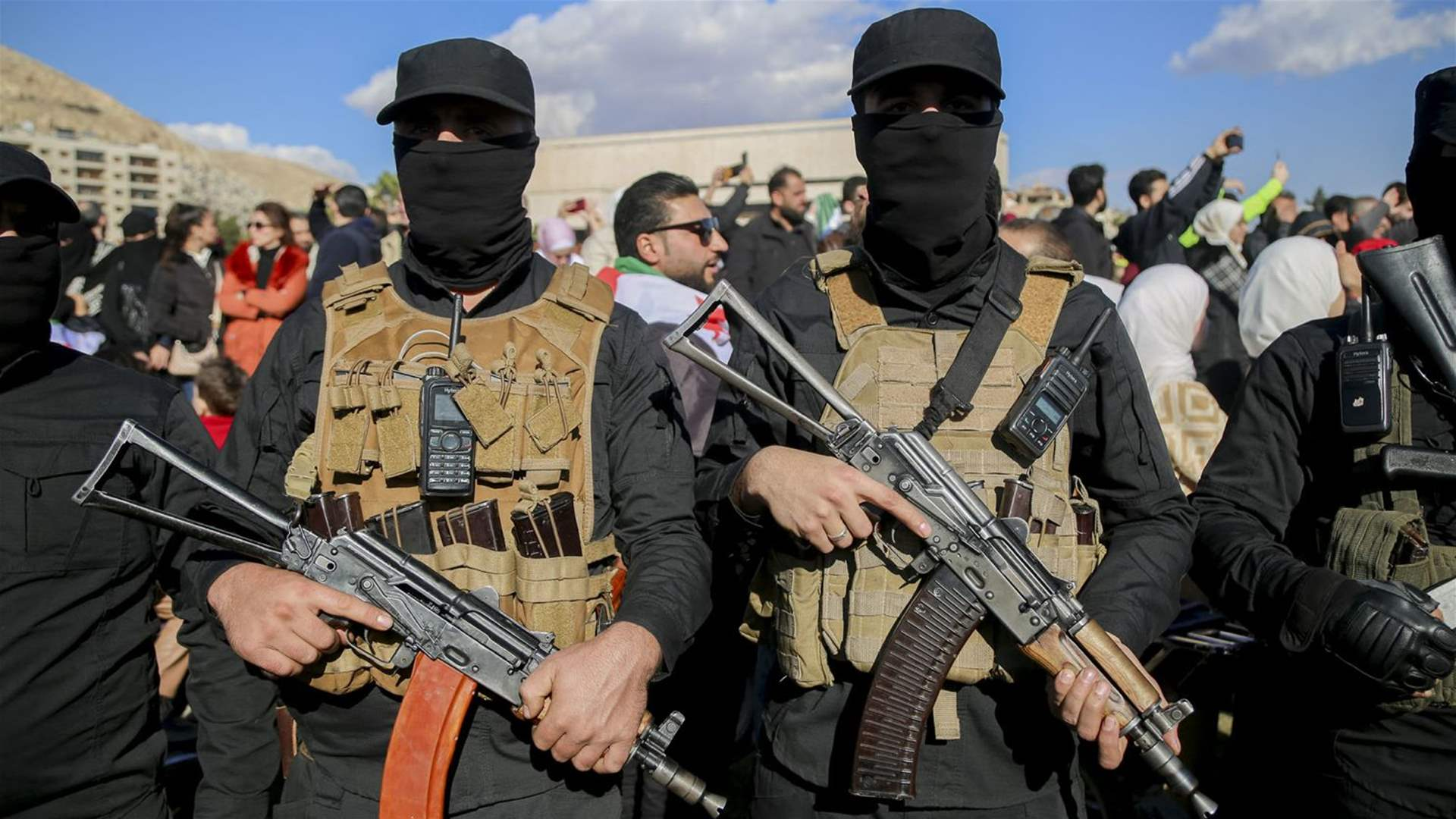The aftermath of Syria’s recent power shift continues to unfold as the nation’s security forces engage in efforts to stabilize regions still loyal to ousted President Bashar al-Assad.
An operation launched in Tartus, a stronghold of Assad’s Alawite community, highlighted the growing challenges faced by the interim authorities in consolidating their control. With deadly clashes and sectarian tensions rising, the region remains volatile as it struggles to transition into a new era.
The Operation in Tartus: A Quest for Stability
On Thursday, Syria’s security forces carried out a targeted operation in the coastal province of Tartus. This region, deeply tied to the Alawite religious community and a bastion of loyalty to Assad, has been a focal point of unrest following his overthrow.
The operation aimed to neutralize armed groups resisting the new authorities and to “restore security, stability, and civil peace,” according to the official news agency SANA.
Read : Living History: A Guide to the Oldest Cities on Earth
The Syrian Observatory for Human Rights reported three fatalities among the pro-Assad fighters during the operation. These individuals were described as “armed men loyal to the former regime.” The incident marked another flashpoint in the ongoing efforts to dismantle remnants of Assad’s support network and establish control over restive areas.
Read : Christmas Tree set on Fire by Islamist Fighters Near Hama in Central Syria
The recent clashes in Tartus underscored the resistance faced by the interim authorities, especially in regions with strong ties to Assad’s regime. In the town of Khirbet al-Maaza, located within Tartus province, 14 security personnel and three gunmen were killed on Wednesday during an attempt to arrest a former officer linked to a notorious prison.
Sectarian Divisions and Unrest in Assad’s Former Strongholds
The situation in Tartus is emblematic of the broader sectarian divisions that continue to plague Syria. The Alawite community, which has historically been at the core of Assad’s power base, has been deeply affected by the regime’s collapse.
The recent operation in Tartus revealed the growing fractures within this community, as some armed factions refuse to accept the new authorities.
Tensions escalated when residents of Khirbet al-Maaza resisted house searches conducted by security forces. The ensuing violence saw the wanted officer’s brother and other armed men ambushing the forces, resulting in heavy casualties. Dozens of arrests followed, highlighting the lengths to which the interim government is willing to go to assert its authority.

The unrest was not confined to Tartus. In Homs, a city with a history of sectarian violence, unrelated protests erupted in response to a video depicting an attack on an Alawite shrine. The incident sparked outrage, leading to demonstrations that turned deadly when security forces opened fire, killing at least one protester.
These developments underscore the delicate balance the new authorities must strike in dealing with sectarian grievances while attempting to rebuild a fractured nation. The ongoing clashes and protests indicate that sectarian wounds remain raw, threatening to derail efforts toward reconciliation and stability.
Challenges in Building a Post-Assad Syria
The challenges of transitioning from Assad’s authoritarian regime to a new political order are becoming increasingly apparent. The operation in Tartus and the accompanying violence reflect the deep-seated divisions and mistrust that continue to hamper progress.
The new authorities face the daunting task of establishing legitimacy and governance in a country shattered by more than a decade of civil war. While they have pledged to create a pluralistic and inclusive system, actions such as crackdowns on dissent and the use of force to suppress protests raise questions about their commitment to these ideals.
In regions like Tartus, where loyalty to Assad remains strong, rebuilding trust and fostering a sense of unity will require more than just military operations. Addressing the grievances of communities like the Alawites and ensuring their inclusion in the political process will be crucial to preventing further fragmentation.

Furthermore, the ongoing violence and instability pose significant challenges to Syria’s recovery. The destruction left by the war has displaced millions and devastated infrastructure, leaving much of the country in ruins. Efforts to rebuild and resettle displaced populations are hindered by the lack of security and continued clashes in various regions.
The recent operation in Tartus highlights the immense challenges facing Syria as it navigates the post-Assad era. The clash between security forces and pro-Assad fighters reflects the ongoing resistance to change in regions historically aligned with the former regime. Meanwhile, sectarian tensions and unresolved grievances threaten to undermine efforts to establish a unified and stable nation.
Syria’s path forward remains uncertain, with the scars of war and division shaping its transition. As the new authorities work to assert control and rebuild, the hope for lasting peace hinges on their ability to address these underlying issues and foster a sense of inclusivity among Syria’s diverse communities.
let’s enjoy few years on earth with peace and happiness….✍🏼🙏

